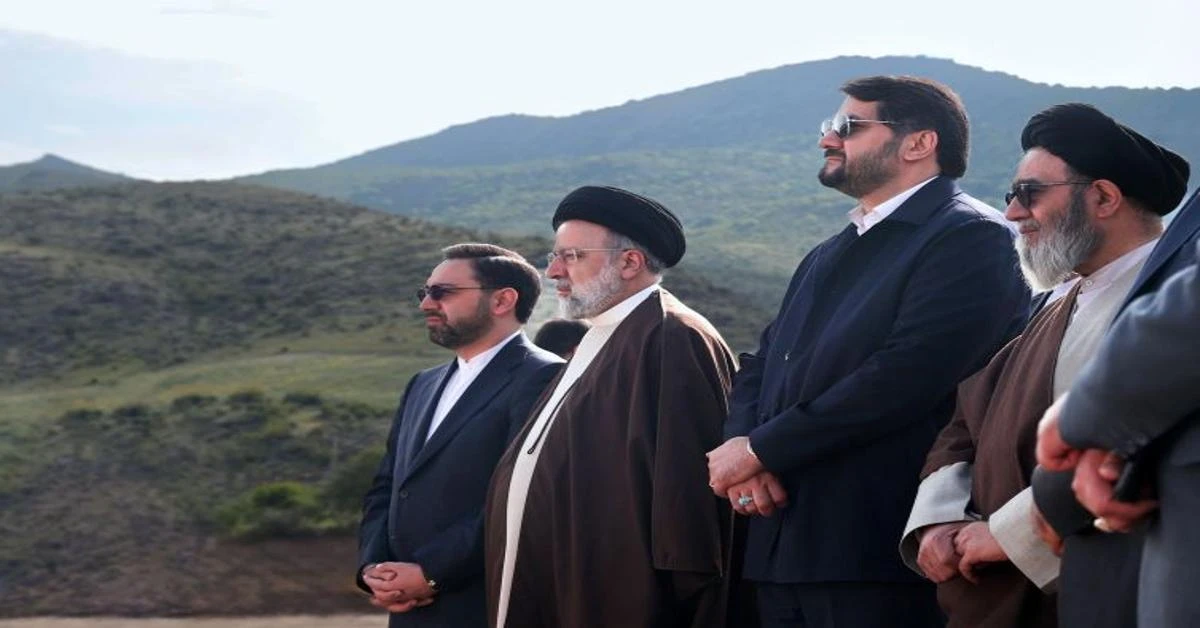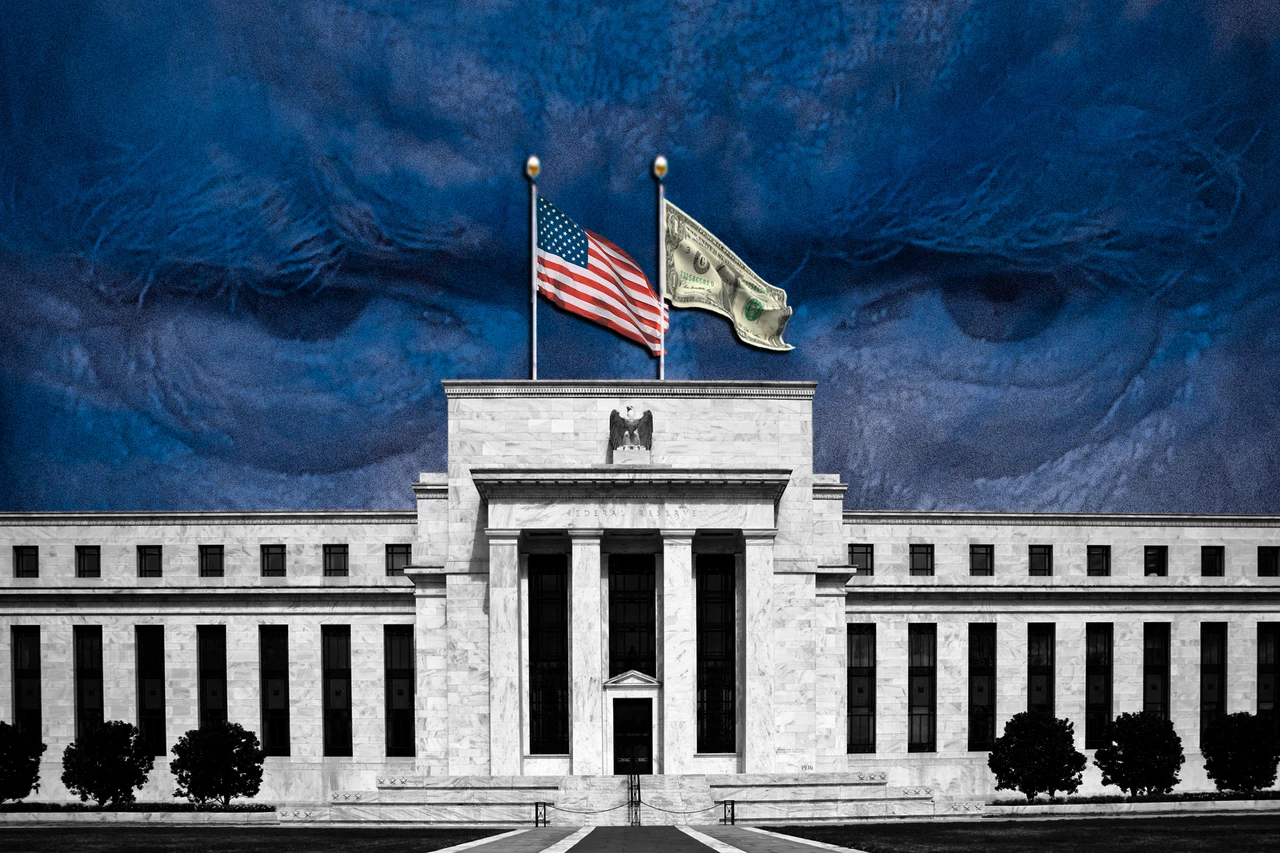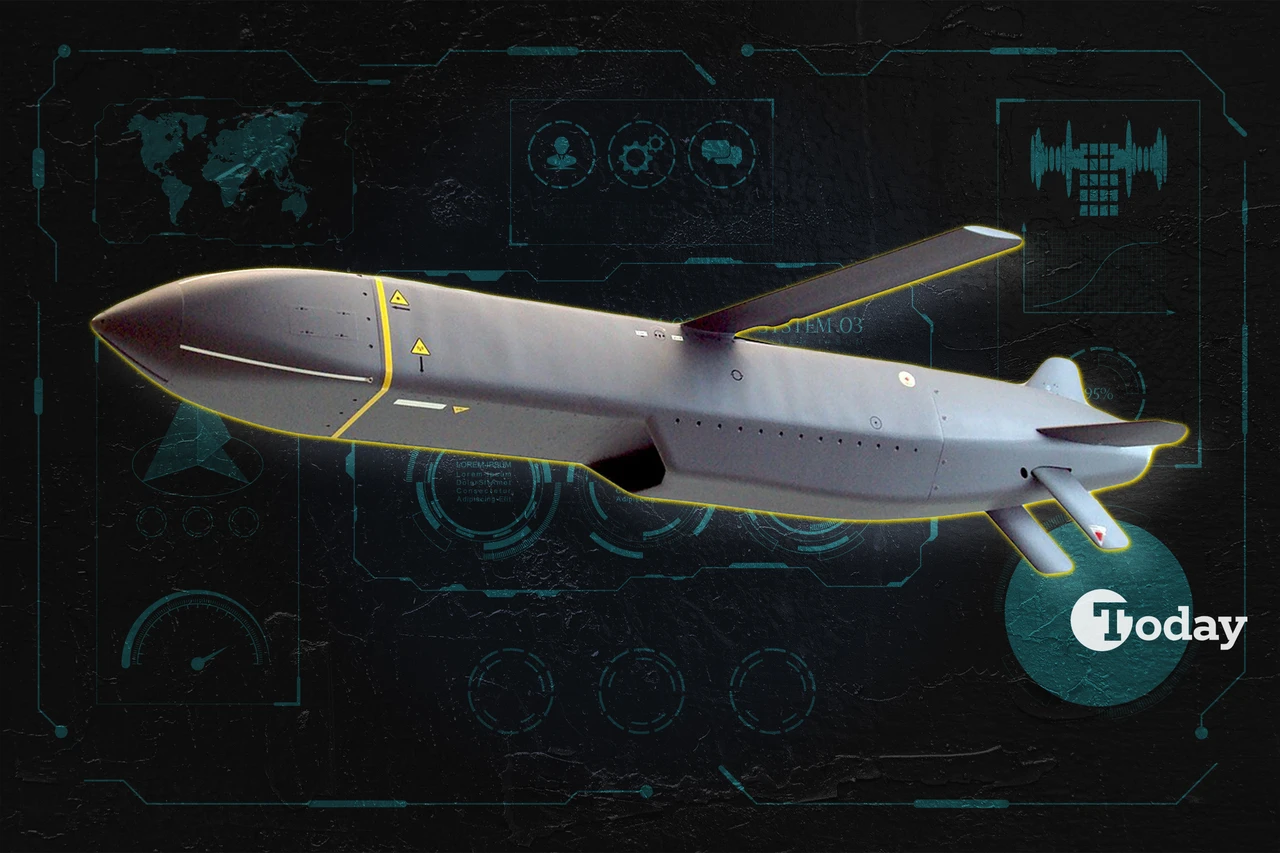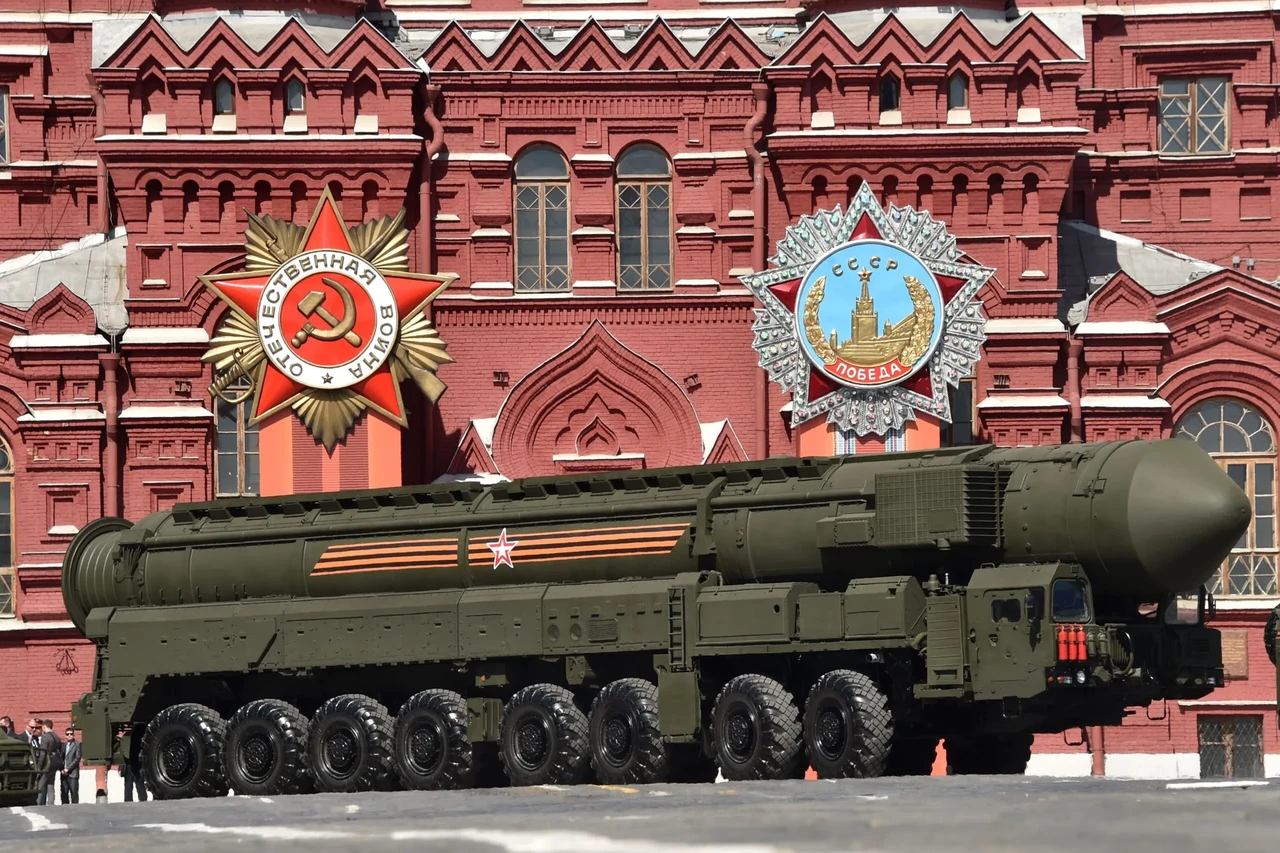‘Accident or assassination’: Iranian President succumbs to tragic helicopter crash

Iranian President Ibrahim Raisi dies in a tragic helicopter crash, so who benefits from Raisi’s death?
Exclusive by Dr. Doğacan Başaran – On May 19, the helicopter carrying Iranian President Ebrahim Raisi crashed upon its return from Azerbaijan. Iranian Foreign Minister Hossein Amir Abdullahiyan was also aboard. In the early hours of May 20, the wreckage of the helicopter was located at the site pinpointed by the Akinci UAV, which Türkiye dispatched at Iran’s request to aid in search and rescue efforts.
Both Raisi and Abdullahiyan were declared dead.
The incident prompts a question: Is it common for a country engaged in proxy conflicts across various Middle Eastern regions, from Syria to Iraq and Yemen to Lebanon, to have multiple high-ranking officials traveling together in the same helicopter?
Recalling the assassination of Qassem Soleimani, the commander of Iran’s Quds Force, by the United States at Baghdad Airport, it becomes evident that such occurrences are not unprecedented for Iran. Soleimani’s death, alongside that of Abu Mahdi al-Muhandis, a key figure among the groups Iran supports as proxies in Iraq, highlights the volatility of Iran’s political landscape.
Iran can feel a sense of security within the region. However, the crash of Raisi’s helicopter, resulting in the deaths of both the president and the foreign minister, brings the Tehran administration face to face with the harsh reality of vulnerability.
The lingering question remains: Was the crash an accident or an act of foul play?
First and foremost, it must be acknowledged that the crash could indeed be an accident. The rugged terrain near the Julfa region in East Azerbaijan province, coupled with the aging helicopter, lends credence to the possibility of a tragic mishap.
Nevertheless, the decision for the president to travel in such an antiquated aircraft raises eyebrows. Furthermore, weather conditions seem to corroborate the accident theory.
However, the prospect of assassination play cannot be dismissed outright. Two potential scenarios emerge in this regard. The first scenario implicates Israel, given Iran’s historical rhetoric characterizing Israel as the “little devil” and recent hostilities between the two countries. Iranian-backed militia groups have been targeting both Israel and the United States, with instances of drone and missile attacks exacerbating tensions.
Alternatively, a more compelling scenario indicates an internal power struggle within Iran. Raisi, once considered a frontrunner for succession to Supreme Leader Ayatollah Ali Khamenei, held critical positions within the regime.
However, the emergence of Mojteba Khamenei, Ayatollah Khamenei’s son, as a potential successor complicates matters. Mojteba Khamenei’s involvement in Iranian politics, coupled with suspicions of electoral interference, suggests a brewing power struggle within the regime.
Thus, the tragic demise of President Raisi in a helicopter crash on May 19, while potentially accidental, raises suspicions of foul play. While tensions with Israel immediately come to mind, it is equally plausible that Raisi’s death paved the way for Mojteba Khamenei’s ascension within the Iranian political hierarchy.



